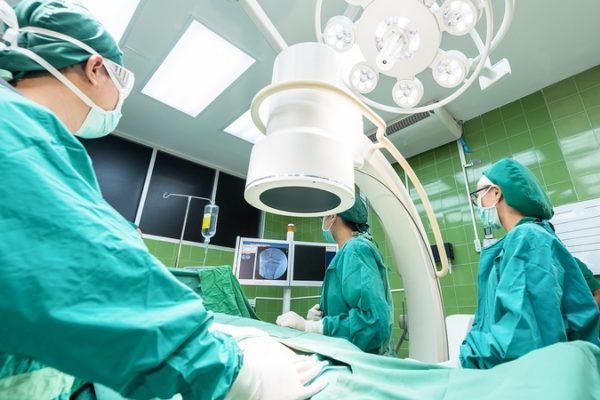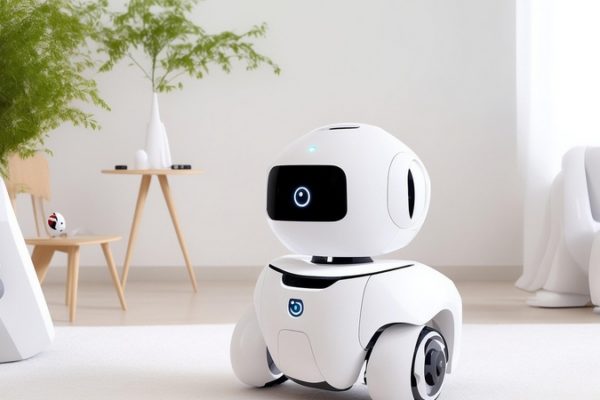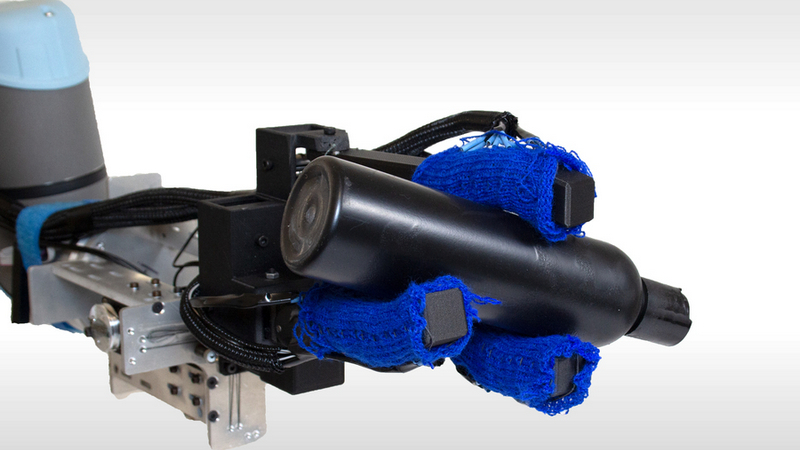
In this week of engineering, strong investments in electric vehicle production continue to demonstrate their increasing importance while ransomware attacks against industrial production processes show how Industry 4.0 and IIoT can weaken manufacturers. On the topic of drones, researchers have demonstrated how they can be used to defend farm crops from pests, and the launching of nine new low-earth-orbit satellites is expected to help improve the field of autonomous vehicles in China. Furthermore, 3D printing continues to show its relevance in all manner of industries with researchers have used 3D printing techniques to demonstrate potential neurological disease treatments.
MIT develops tool to allow anyone to create a custom 3D printed robotic hand

Robotic systems have come a long way thanks to the developments in mechanical and electronic engineering, but they are notoriously complex to design and develop. Recognising the challenges faced in developing robotic systems, MIT has recently developed a tool that pipelines the design of a custom robotic hand. The tool removes the need for users to have any specialised knowledge and once designed, the hand can be 3D printed with a knitted glove fitted over to provide sensory feedback. How does the tool work, is it freely available, and what can it be used for?
Custom parts for startups & enterprises - order online, delivered same day.
Hardware Business News
Ford invests $1.5bn in new plant to manufacture electric vehicles

The increasing social and political pressure to reduce the world’s carbon footprint is accelerating businesses that focus on renewable energy and environmentally friendly products. Recognising the growth potential of electric vehicles, Ford has recently announced its new $1.5bn investment at its Ohio Assembly Plant that will not only allow for the manufacture of electric vehicles but also create 1,800 jobs. How will the funds be used at the plant, what new products will be manufactured, and how will the investment affect the local economy?
Ransomware used to hold production line hostage

The internet has revolutionised technology with its ability to allow any two devices across the world to share information, but it has also opened up doors for cybercriminals looking to steal data, control devices, and even hold sensitive data at ransom. Recently, cybercriminals were able to take control of an industrial production line in Mexico and used this position to demand payment from the plant operators if production is to continue. Why is Industry 4.0 potentially problematic, how much are the hostage-takers asking for, and who was targeted?
Apple moving portion of manufacturing business out of China and into Vietnam

For the past few decades, China has presented the electronics world with golden opportunities in manufacturing due to its low labour costs and availability of key resources. However, China has recently presented western manufacturers with a multitude of issues including manufacturing delays, supply chain disruptions, and overreaching government power. In light of these issues, Apple has recently announced that it will be moving portions of its manufacturing out of China and into Vietnam. What products are being moved out of China, why is Apple making this move, and how will this move affect its products?
Automated security code platform Code Intelligence raises $12 million in funding

The increasing integration of electronics into everyday devices now sees software play a critical role in everyday life. However, as the capabilities of electronic devices increase, so does the complexity of software, and this increases the chance for security flaws to find their way into finished products. To help solve this challenge, Code Intelligence has developed a security platform that can identify potential problems before they find their way into finalised code, and their latest Series A funding has seen a total of $12 million to further develop their platform. How do security flaws find their way into finalised code, how can Code Intelligence help with preventing flaws, and how will the raised funds be used?
Increasing metal costs continues to hamper electric vehicle price reductions
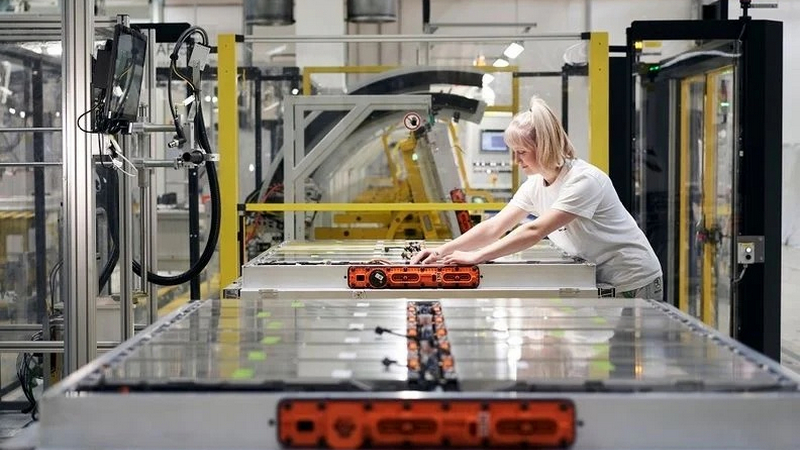
If given the opportunity, most car owners would swap their vehicle for an electric version whether it’s to help the environment or reduce fuel costs. However, the cost of electric vehicles makes them difficult for many to purchase, and this hampers their ability to replace fossil fuel vehicles. Now that the price of key metals including Lithium, Cobalt, and Nickel are rapidly increasing, the price of EVs continues to resist falling, and the limited supply of semiconductors makes their availability scarce. How long will metals remain expensive, what are companies doing about this situation, and how will this affect the EV market?
Talk with an expert
Hardware Engineering News
China launches its first nine satellites for use in autonomous cars

While many companies around the world continue to develop fully autonomous vehicles, no one has yet developed a reliable solution due to the many engineering challenges faced including reliable navigation, object detection, and intelligent decision making. To help aid in the development of autonomous vehicles, China has recently launched nine low-earth-orbit satellites that will provide accurate navigation capabilities to such systems. How will the satellites be used to help autonomous vehicles, how many more will be launched, and will the new system enable autonomous vehicles?
Farmers could utilise automated drones to scare birds
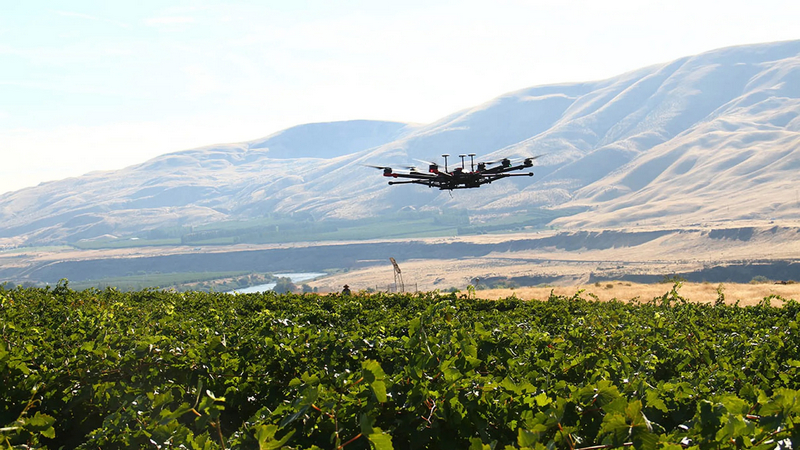
While the scarecrow is a common theme on Halloween, they do serve an actual real-world purpose; to scarecrows. However, anyone who has ever owned a vegetable patch will know that they rarely work, and birds can be a major pest for farmers as they eat seeds and seedlings. But what if farmers could utilise autonomous drones that sweep the land and scare off birds instead of using loud propane guns or other mechanical scaring techniques? Recently, a team of Washington State University researchers have done just this, and hope that their new system will aid farmers in protecting their crops.
Hardware R&D News
Researchers develop wearable COVID-19 sensor that could help control future pandemics

When COVID struck, no amount of modern technology could control the spread of the virus, and the fact that most people were asymptomatic meant that it was almost impossible to spot such carriers. The use of lockdowns did help to curb the spread, but only at a massive cost to the economy, and should another pandemic hit, people may be less inclined to abide by lockdown rules. Recognising the challenge faced with testing methods, researchers have recently developed a new sensor that can detect COVID with the accuracy of a PCR test and the speed of an antigen test that may be useable for mass testing in key locations. How does the sensor work, where could it be deployed, and what challenges does it present?
Researchers develop potential method for treating nervous system diseases using 3D printing
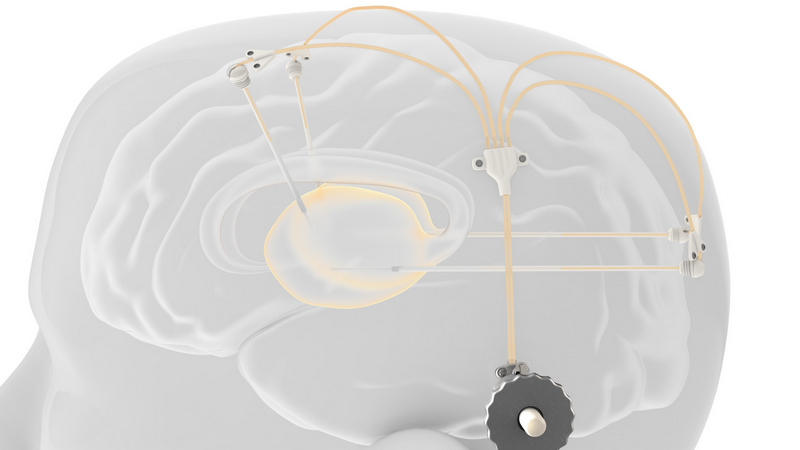
Some of the hardest diseases to treat are those that affect the nervous system, and this is generally because either the diseases are not fully understood (such as Alzheimer’s) or the damage caused is impossible to repair (such as dementia). However, a team of researchers from the Polytechnic University of Valencia (UPV), the Spanish National Research Council (CSIC), and Columbia University have recently developed a potential method for treating such conditions with the aid of 3D printing. What did the researchers develop, how will their new system aid in neural treatment, and what does this mean for the role of 3D printing in the medical industry?

